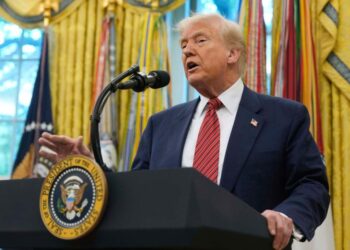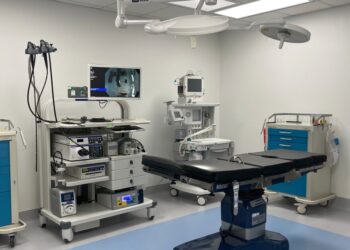Since the SARS-CoV-2 pandemic began three years ago, its origin has been a topic of much scientific — and political — debate. Two main theories exist: The virus spilled over from an animal into people, most likely in a market in Wuhan, China, or the virus came from the Wuhan Institute of Virology and spread due to some type of laboratory accident.
The Wall Street Journal added to that debate this week when they reported that the U.S. Department of Energy has shifted its stance on the origin of COVID. It now concludes, with “low confidence,” that the pandemic most likely arose from a laboratory leak in Wuhan, China.
The agency based their conclusion on classified evidence that isn’t available to the public. According to the federal government, “low confidence” means “the information used in the analysis is scant, questionable, fragmented, or that solid analytical conclusions cannot be inferred from the information.”
And at this point, the U.S. intelligence community still has no consensus about the origin of SARS-CoV-2. Four of the eight intelligence agencies lean toward a natural origin for the virus, with “low confidence,” while two of them — the DOE and the Federal Bureau of Investigation — support a lab origin, with the latter having “moderate confidence” about their conclusion.
Staff members of the Wuhan Hygiene Emergency Response Team investigate the shuttered Huanan Seafood Wholesale…
Read the full article here







